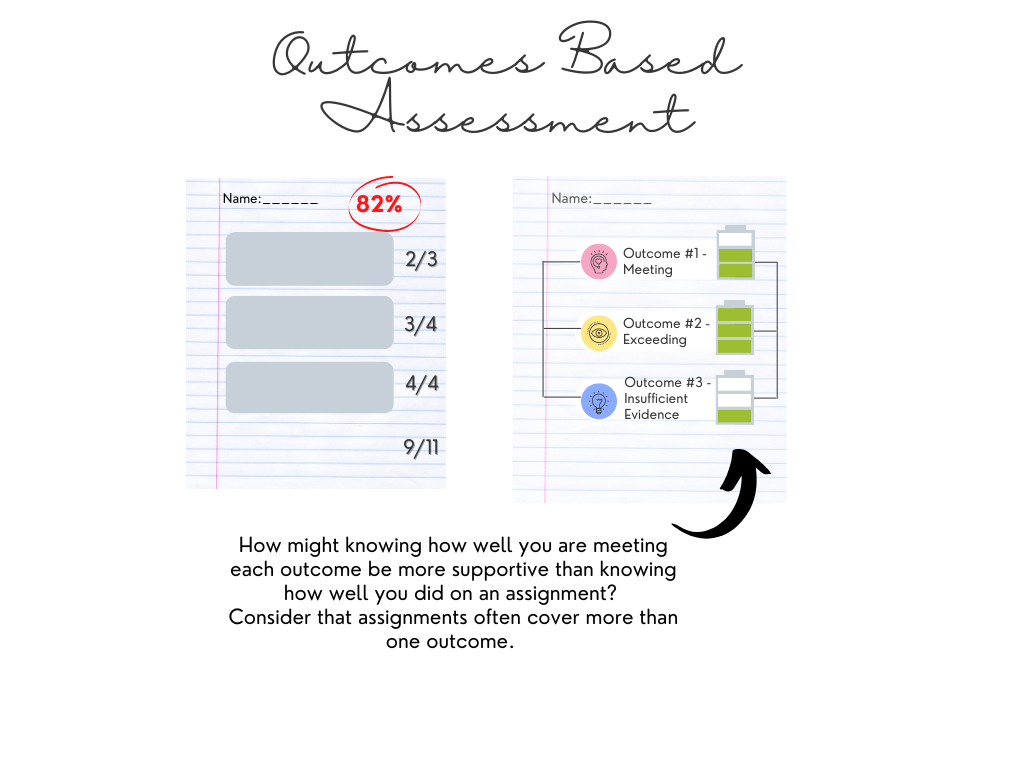First Day of Class: Providing students a relevant and engaging initial taste
By Carolyn Hoessler
Sessions related to this topic will be held during the Fall Fortnight:
- Why Teach With Top Hat? (Monday, August 22, 2016 from 10-10:25 AM) – Register Here
- Building Student Capacity for Effective Group Work (Monday, August 22, 2016 from 1-4 PM) – Register Here
- Preparing & Personalizing Your Syllabus (Tuesday, August 23, 2016 from 1-2:50 PM) – Register here
- Exploring Methods for Preventing & Detecting Plagiarism (Wednesday, August 24, 2016 from 10-11:30 AM) – Register Here
- Attention & Memory: Increasing Student’ Learning (Friday, August 26, 2016 from 9-10 AM) – Register Here
- Assignments, Rubrics, and Grading in Blackboard – It’s Easier Than You Think (Thursday, September 1, 2016 from 3-4:30 PM) – Register Here
As people, our perceptions and routines are engrained early on for places and people. Our experiences and decisions shaped by earlier ones. Find yourself or your students returning to their same seat? Initially excellent (or poor) meals at a restaurant tinting later dining experiences? Buying a book when the first few sentences catch your attention?
The first day of class is similar: it sets the focus of the course; instills interest; sets the context including layout and participation levels; invites selecting (or dropping) a class; and builds initial credibility and approachability.
As the recent Chronicle Vitae post by Kevin Gannon (Director of the Center for Excellence in Teaching & Learning and Professor of History at Grand View University) noted just reading the syllabus and ending class is not enough. You miss modeling how you expect students to engage in the classroom, and missing the opportunity for intriguing questions and enthusiasm for the topic. As Kevin Gannon notes “Whatever your plan for the first day, students should get some idea of what’s expected of them throughout the semester, and also have the opportunity to discern their place in the class and its activities.”
One example of engaging students in the content of the course and the level of participation and thinking you expect to see, is highlighting one of the essential ideas of the course in a way that is immediately relevant to students. Create that initial, individual, motivating connection to what they will learn.
 Allow your students to glimpse the potential and be curious about where it will lead.
Allow your students to glimpse the potential and be curious about where it will lead.
Highlighting a core focus of the course
1) Identify key principles, lessons or concepts that are foundational to your course
- Resources: decoding the disciplines & threshold concept literature in nearly every discipline offers ideas to select from
- Stats class example: ability to read descriptions of quantitative research to identify and critique reported and missing components of data description and analysis
- Qualitative research class example: all forms of reporting involve speaking for the other person, including choosing what is conveyed and how.
2) Convey the hook of curiosity & why it is inherently meaningful to them.
- Tip: Each discipline arose to explore and work on essential and important inquiry. As experts in the discipline, the importance is obvious but often hard to articulate to a novice.
- Resources: Reflect on what makes this topic inherently so important and relevant. Not sure how to describe it? Try talking it out with a colleague outside your discipline (or one of us in the GMCTE).
- Stats class example: a sample online news report of a relevant hot topic based on “research”
- Qualitative research class example: meet and then introduce a classmate
3) Connect what students already know with what they will learn
- Tip: Having a clear framework early on in a course allows students to organize their new ways of thinking and new information. Referring to the example, diagram, key ideas throughout the course reinforce them and help to encode new memories.
- Resource: The meaning step in 4MAT approach to lesson planning. Attention and memory literature. There is an upcoming fortnight session on Friday August 26th.
- Stats class example: identifying the statistical & research pieces in the news story provided and missing pieces. The initial step for critiquing.
- Qualitative research class example: experiencing the sense of responsibility and uncertainty when speaking for another person (especially when they are sitting beside you). Wondering did they say enough or too much? Were they accurate or misinterpreted? And then connecting it with the key idea of self & research within qualitative research methods.
Photograph courtesy of David Hetre under a CC-BY license.


